Even so, I was thinking about hiding in one of the many rooms (or cupboards) at Highclere Castle, I continued my little road trip in direction of Bampton. Suddenly it stopped snowing and the sun came out. The perfect Winter Wonderland: snow, blue sky and sunshine!
And so I decided to stop at Fairford, a small town in Gloucestershire, next to the river Coln and near the RAF airport Fairford.
St. Mary´s Church, on the one end of the High Street, is known for its complete set of medieval stained glass windows from around 1500.
[They] are of national historical and architectural importance as they are the most complete surviving set of pre-Reformation mediaeval stained glass windows in the country, comprising 28 windows displaying biblical scenes, erected by the wealthy wool merchant John Tame (c.1430–1500) and now attributed to the Flemish glazier Barnard Flower (d.1517), glazier to King Henry VII (1485–1509), and believed to have been made at Westminster. (Fairford stained glass)
The windows survived the Reformation at a time when many images were destroyed and also the Civil War in 1642 when they were quickly dismantled and the glass concealed.
Fairford, first mentioned in written records in AD 850, gained its name from the Saxon “Fagrinfordia”, which means “fair” (easy to cross) ford. The ford was an ancient crossing place for the river Coln, before the town bridge was built in the 13th century. In 1787 the river was excavated, making it much deeper and narrower. (Fairford)
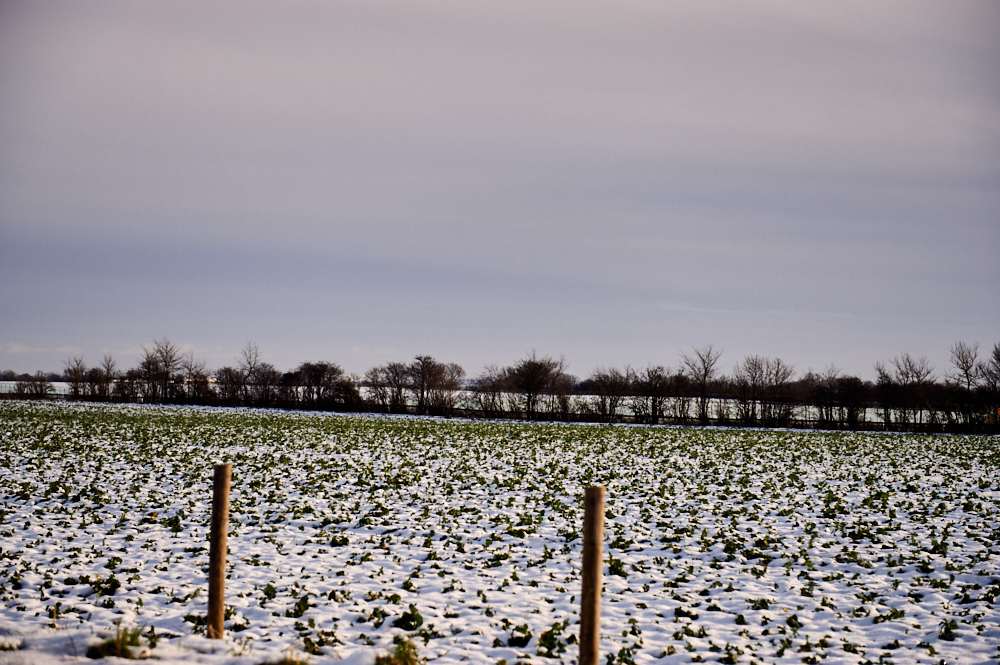
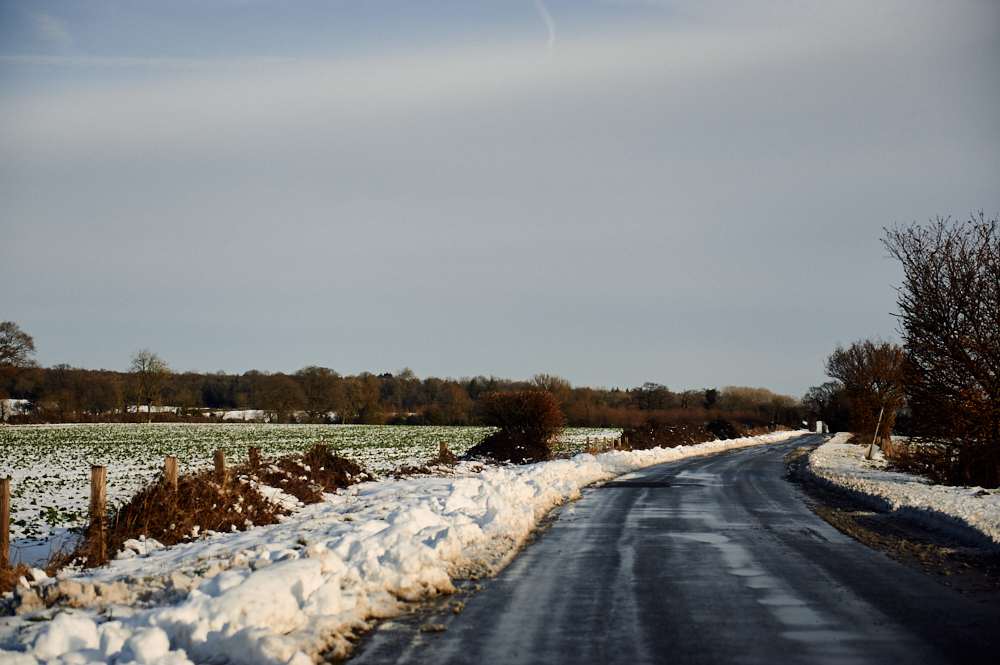
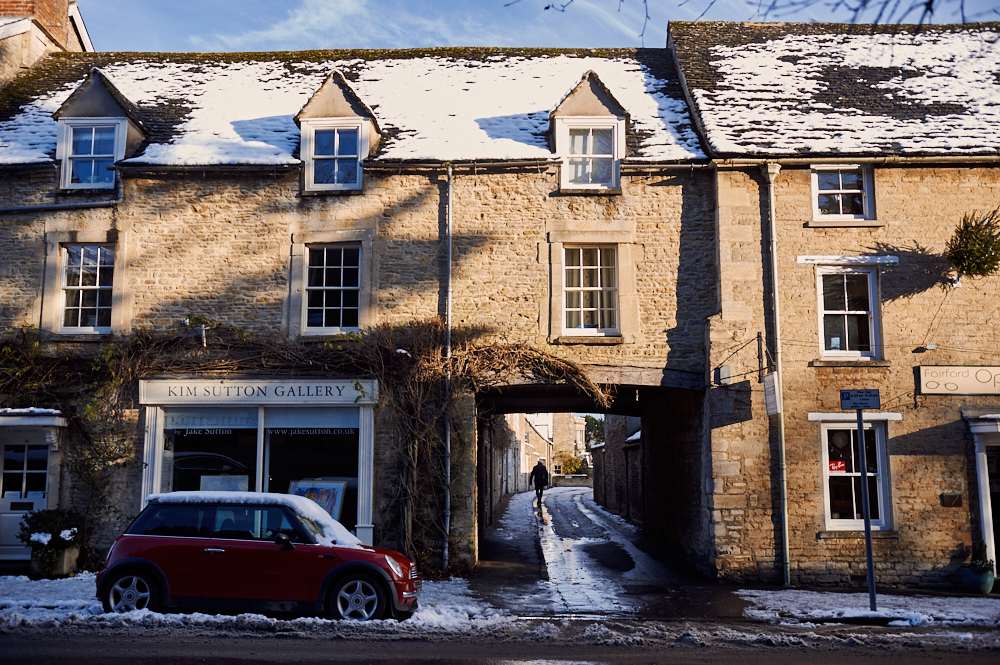

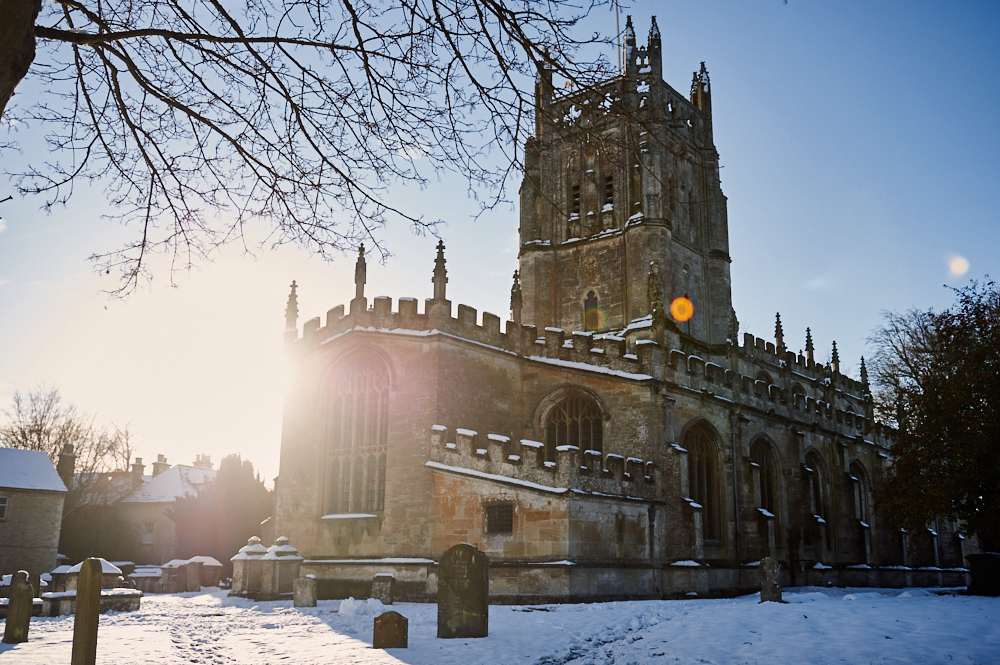

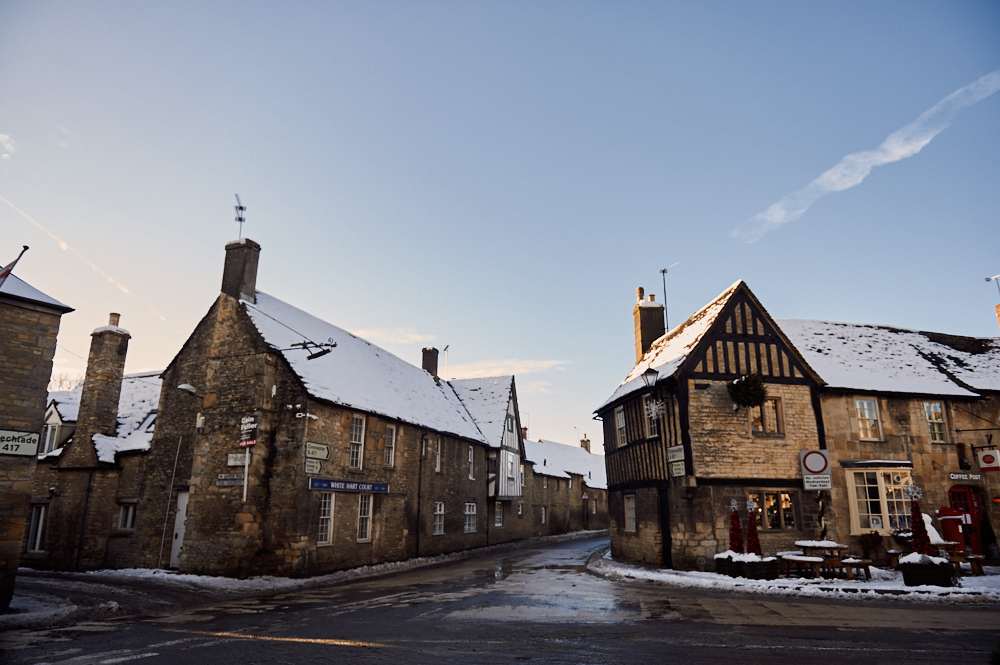
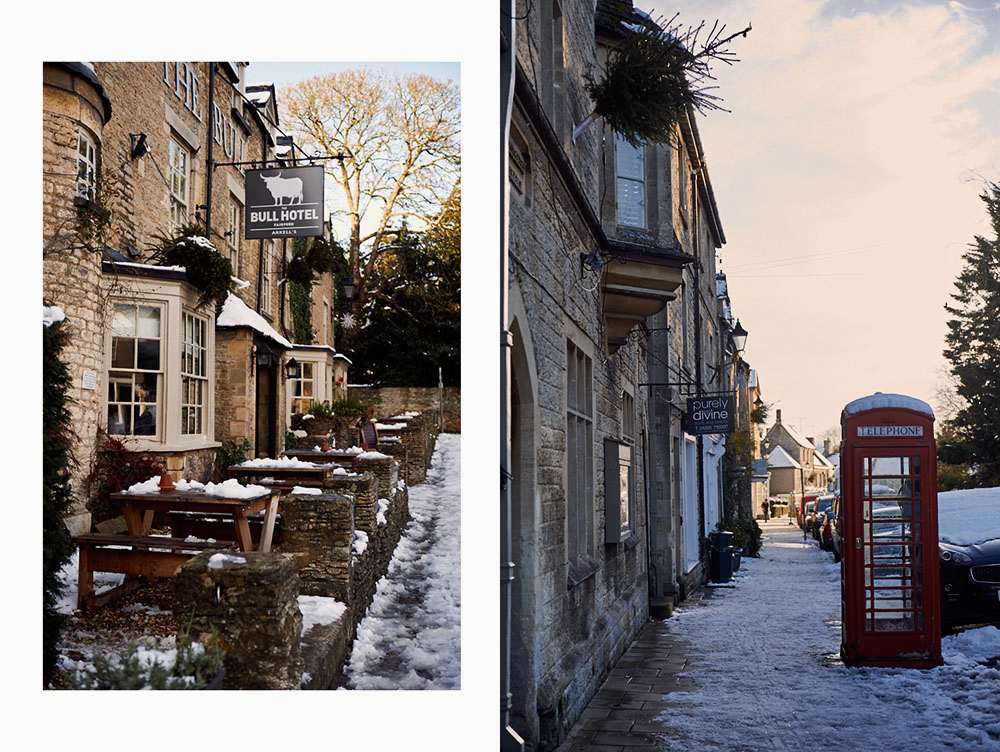
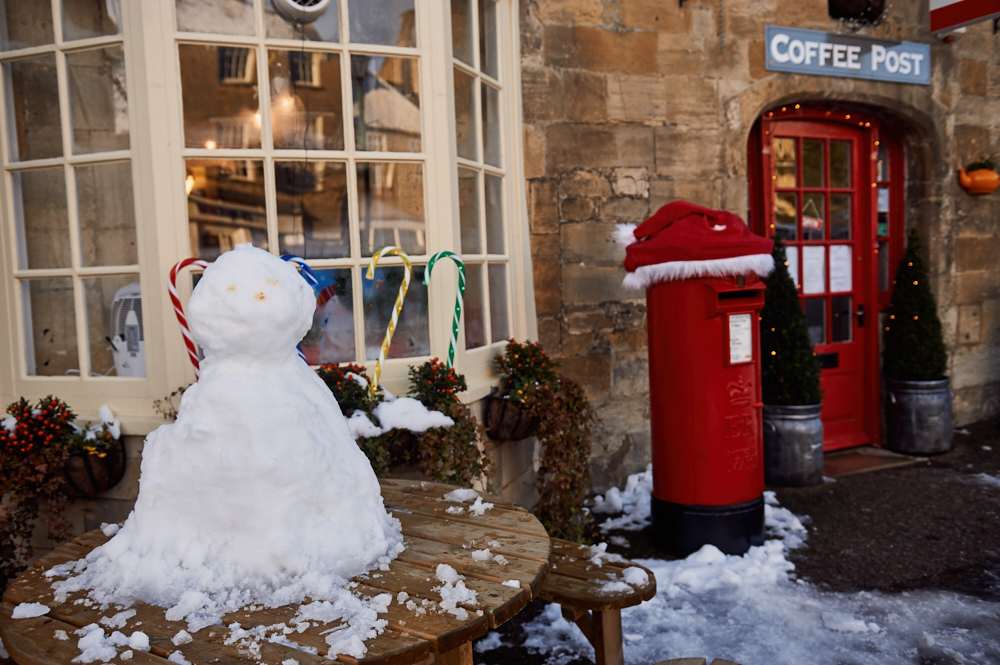
Leave a Reply